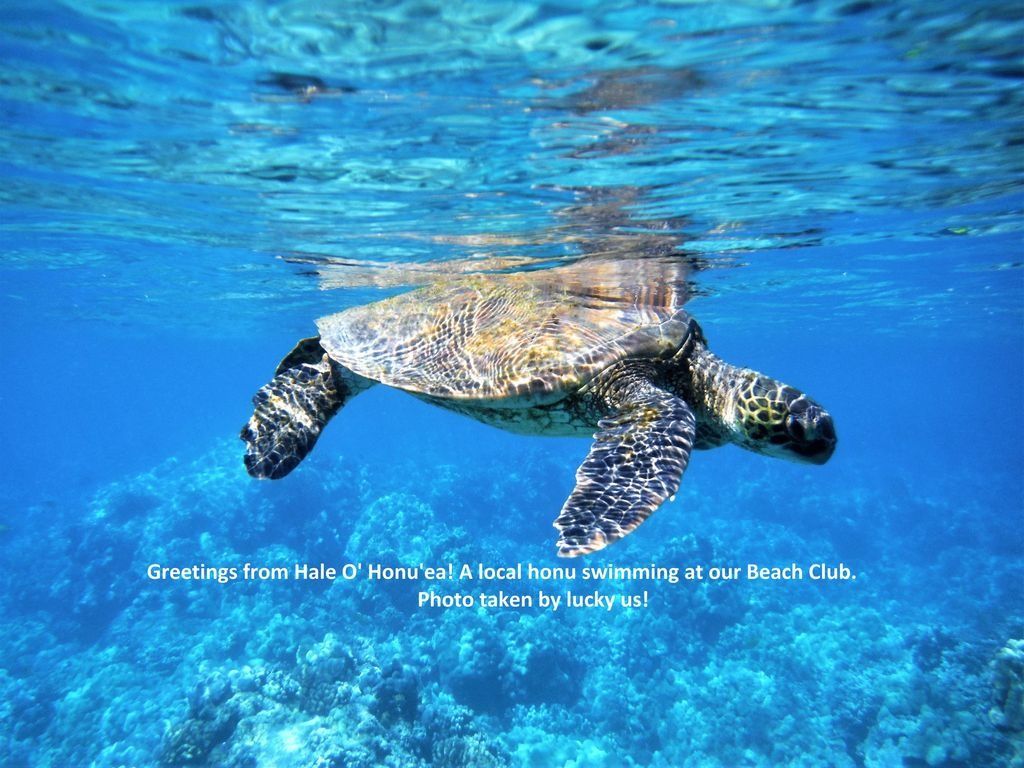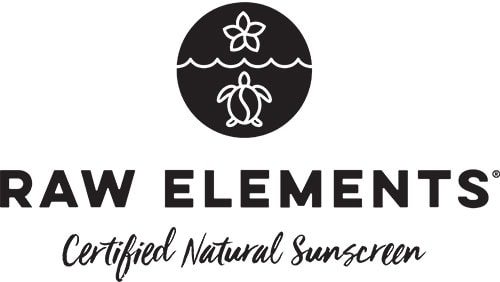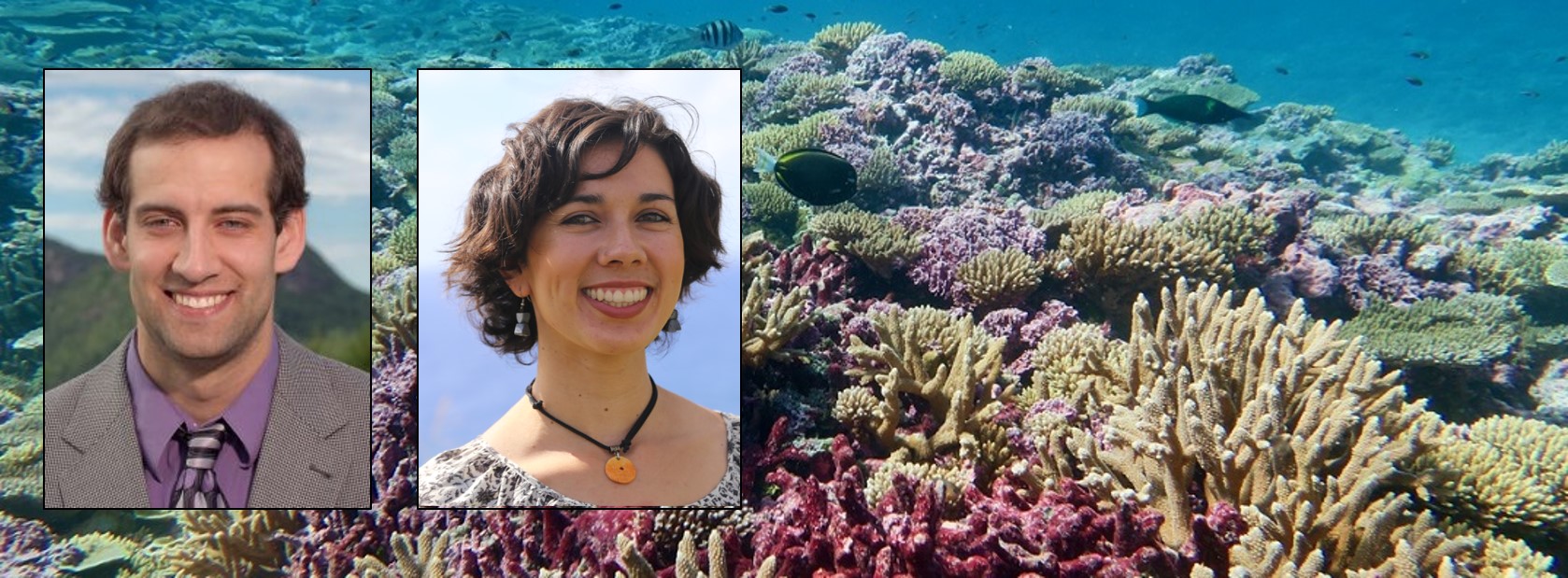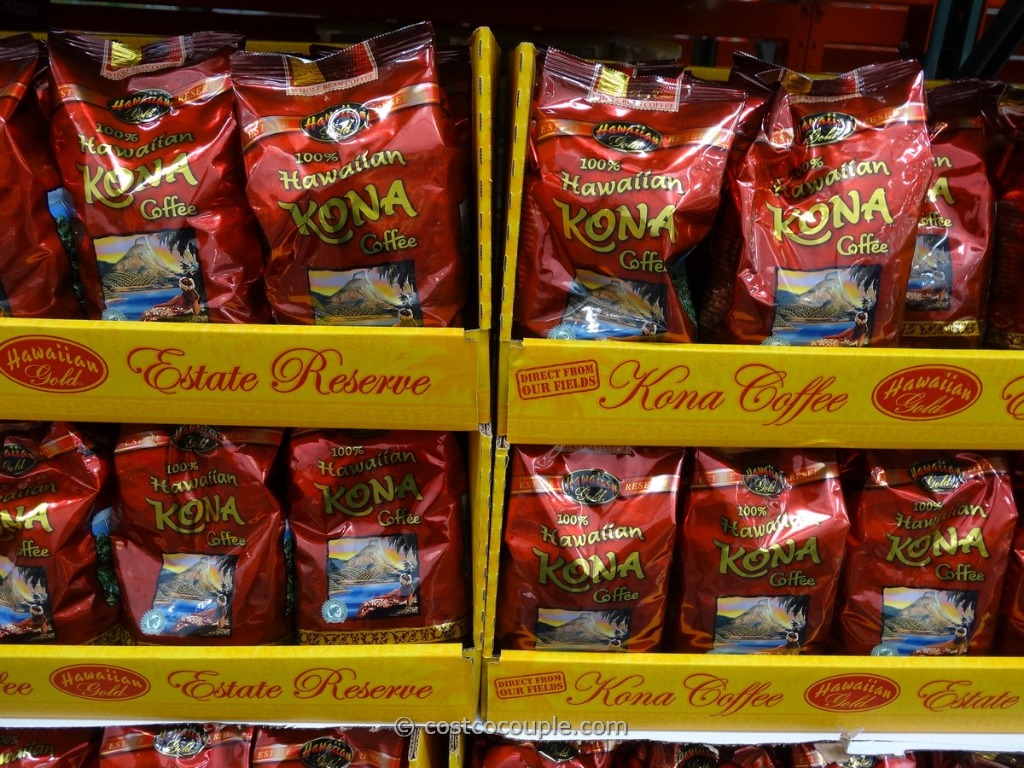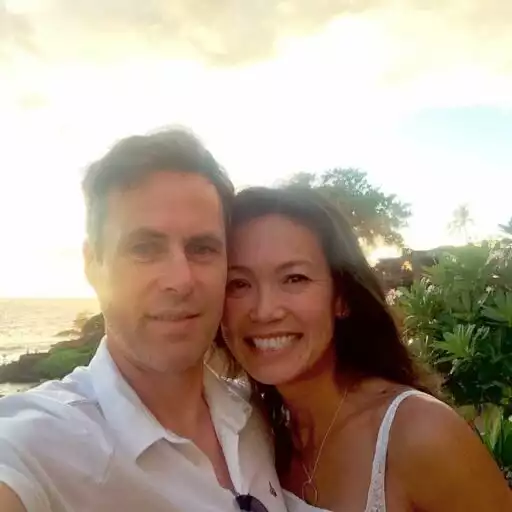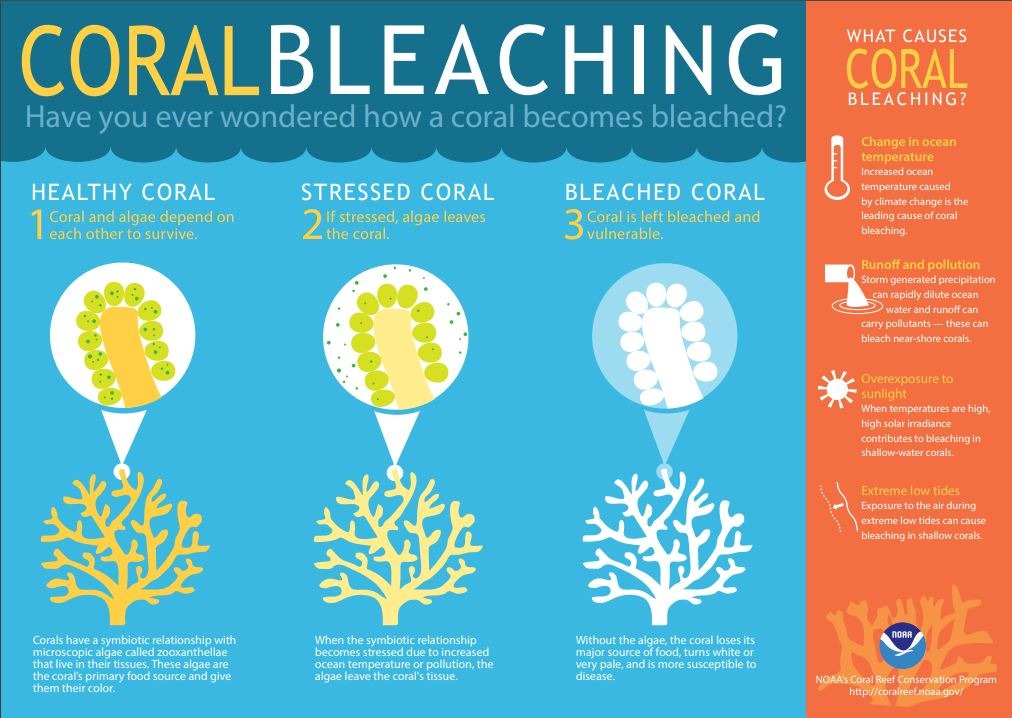
Why the quotation marks on "Reef Safe"? There are no regulations on the term “reef safe”! While oxybenzone and octinoxate are identified in Hawaii's new law, other sunscreen ingredients can be carcinogens, hormone disruptors, nano-particles, allergens, preservatives and skin irritants that also negatively impact people, aquatic and marine life.
Before you purchase that "Reef Safe" sunscreen, turn the bottle around and check if it contains other harmful chemicals as identified by the Safe Sunscreen Council and Ban Toxic Sunscreens (avoid): oxybenzone, homosalate, octisalate, octinoxate, octocrylene, avobenzone, dimethicone, parabens, BHT, nanoparticles, propylene glycol, synthetic fragrances, retinyl palmitate, cocamide dea, phenoxyethanol.
If you plan to spend time in the ocean, look for a sunscreen with broad spectrum protection from minerals such as non-nano zinc oxide (or titanium dioxide) in a natural base. Zinc and titanium are white minerals that tend to leave a grey cast on skin, so some brands use nano-sized particles to minimize the discoloration. Those microscopic minerals can be absorbed by and harm coral and marine life.
So if you'll be spending time in the ocean, look for key words like "non-nano" or "reef friendly" on the label of your mineral SPF. Here are some you can look for:

What else can we do to avoid sunburn AND travel responsibly to Hawaii?
Follow the Skin Cancer Foundation recommendations and "follow a complete sun protection regimen that includes seeking shade and covering up with clothing, including a wide-brimmed hat and UV-blocking sunglasses, in addition to daily sunscreen use. Clothing is the most effective form of sun protection, and swim shirts, rash guards and wet suits offer great protection during water activities, especially in intense UV environments like Hawaii. Look for clothing and hats labeled with a UPF (ultraviolet protection factor) rating of 30 or higher to ensure effective protection."
Choose cream or stick formulations rather than aerosol spray cans. While the latter is faster and easier to apply, the other aerosolized chemical ingredients can travel 100s of yards in the breeze, into our lungs (you know if you’ve ever smelled it in the air!), onto sand where keiki (kids) play and honu (turtles) beach at night, and are also washed out into the ocean with each high tide where they can kill juvenile corals as they spawn.
In addition each aerosol can is only enough for a few applications (think of the landfill waste) and the spray rinses off more quickly into the ocean so you’re more likely to sunburn. Non-nano mineral sunscreens if applied correctly "stick" on longer and is overall safer for people and the environment.
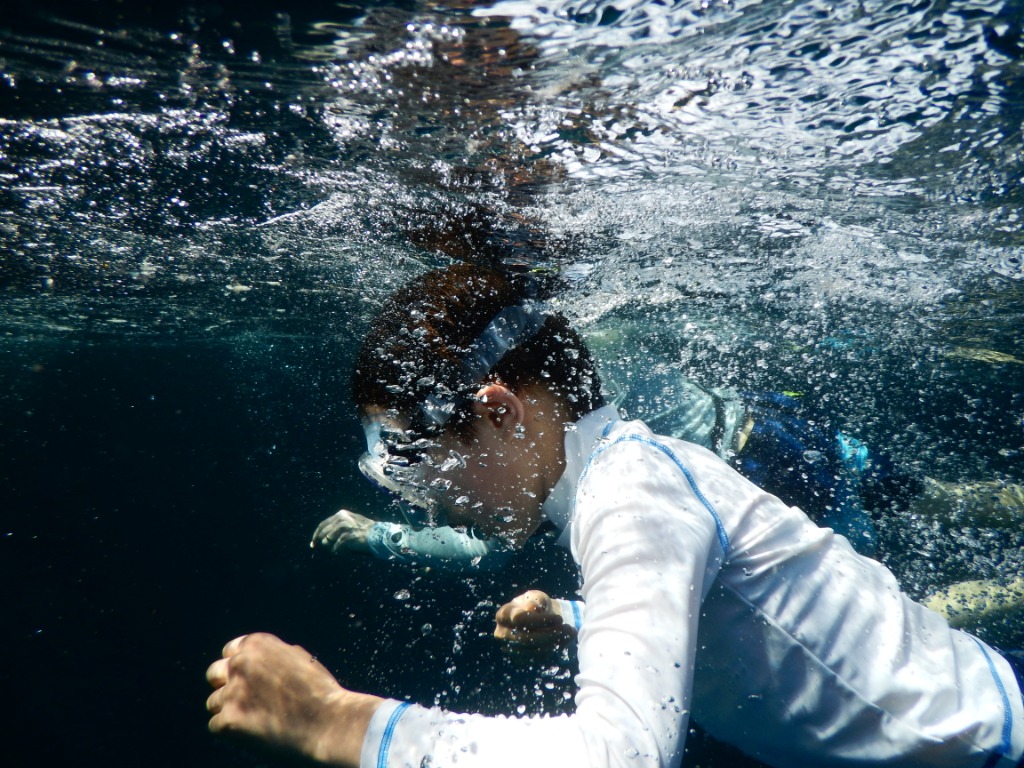
More manufacturers are producing non-nano mineral sunscreens in a natural base that are truly "Reef Safe". Mahalo for taking the time to read and your kokua (help) in caring for the aina (land) and kai (sea) and wondrous marine life! We hope you're ready to enjoy your trip to Hawaii and explore our beautiful beaches and oceans!
Book direct and save on fees with Hale O' Honu'ea Vacation Rentalon the Island of Hawaii
Want to learn more?
Hawaii SB2571 Act describing the reasons the state is prohibiting the sale of oxybenzone and octinoxate sunscreens.
The Safe Sunscreen Council is a coalition of companies working to raise public awareness
about the impact sunscreen ingredients may have on people and planet. Their website includes links to research and lay articles on the science, safety and efficacy of sunscreen ingredients.
NOAA's website for their Coral Reef Conservation Program
Ban Toxic Sunscreens is a social movement to educate and advocate responsible enjoyment of the sun and oceans. The website posts and updates a Safe Sunscreen Guide (sunscreens that meet the more stringent "Avoid" list of chemicals), to make your search for a truly reef-safe sunscreen easier.
Social Movement to Educate & Advocate
